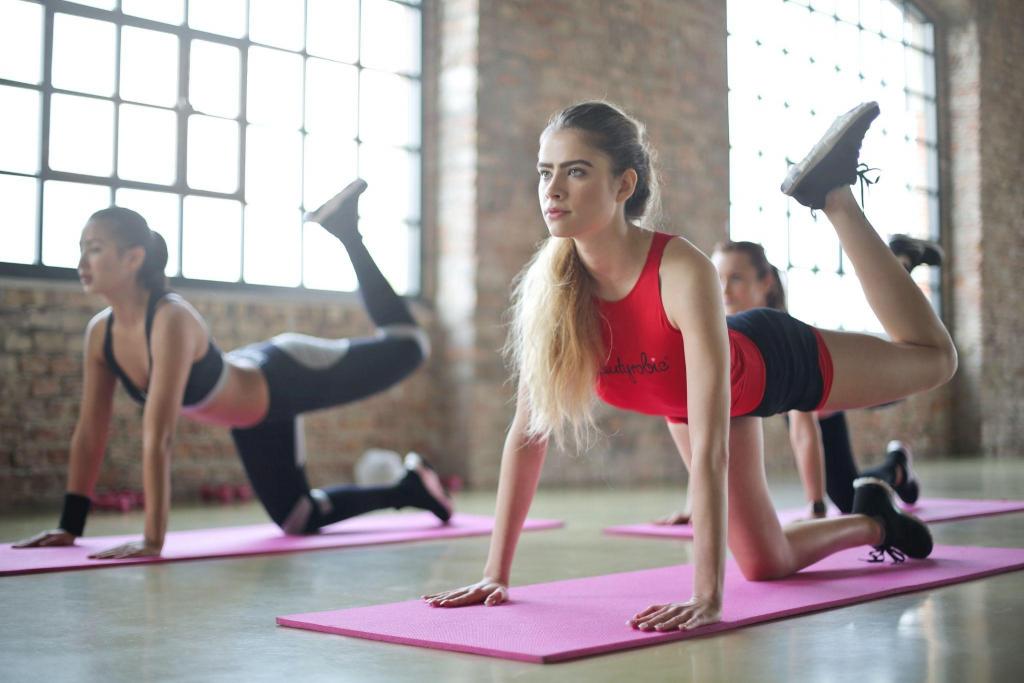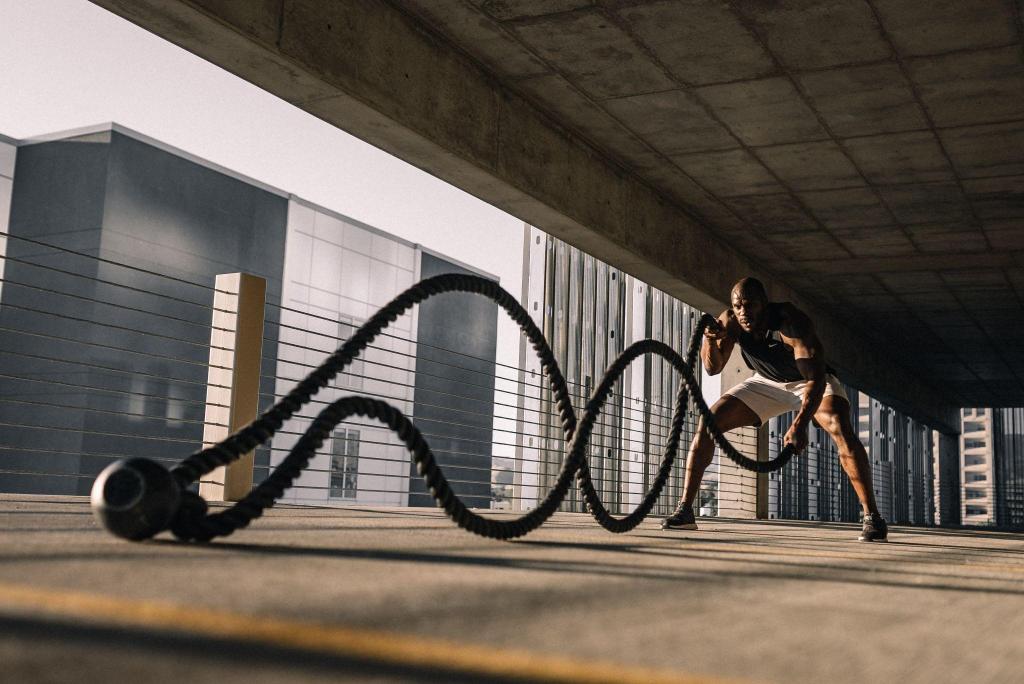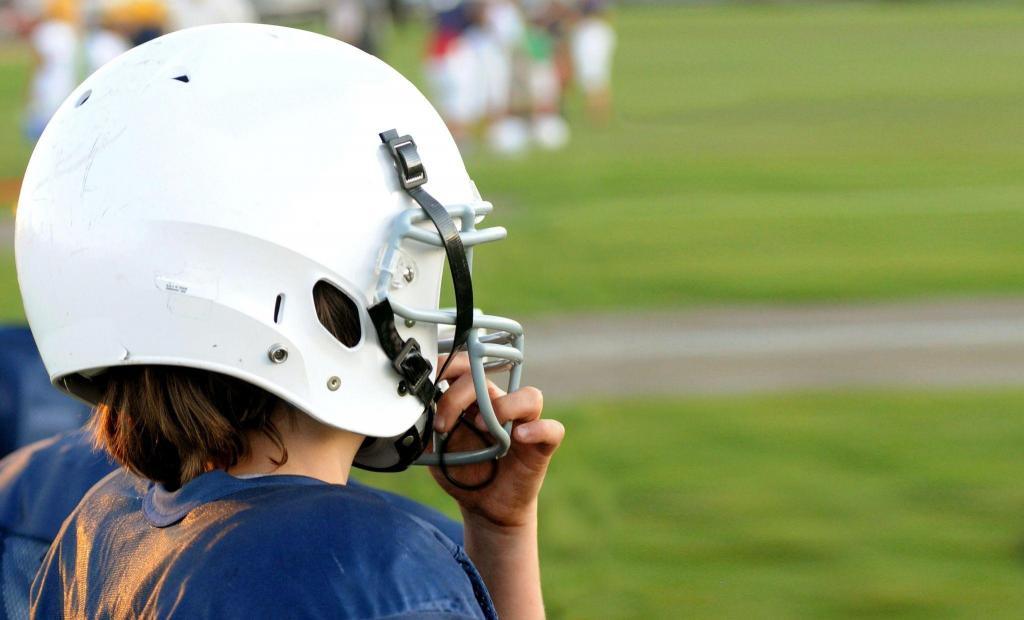The Most Common Injuries in Athletics: Causes and Consequences
Introduction
Sports have become very popular among teenagers these days. You could become a professional athlete even while attending a university. But as exciting as sports can be, they can also be dangerous. All the protective equipment and padding in the world won’t prevent many common injuries in sport.
Understanding the most common occupational sports injuries is essential to helping an athlete succeed. Many of these injuries can produce long-term effects if not managed well.

Dislocated Shoulder
A dislocated shoulder is an injury where the arm moves away from the body. Excess pressure or stress on the shoulder area can trigger the dislocation.
The bone and ligaments are hurt as the head of the humerus bone move out of its socket in the shoulder blade. The humerus will move in front of and below the socket, but it could go behind it in some situations.
The condition makes it harder for a person to move one’s arm, plus it can produce consistent pain when trying to move. You may notice a visual change on the outside, as the shoulder joint looks different from usual.

The injury occurs in contact sports for the most part, including football and ice hockey. But it can also happen in sports where you might fall, including gymnastics.
The shoulder requires proper relocation and realignment after it leaves the socket. A rehab program may be necessary to ensure the person can retain one’s full range of motion after the humerus enters the socket once more.
Tennis Elbow
Lateral epicondylitis, or tennis elbow as it is also known, is an injury where the tissue that connects the forearm muscle to the elbow becomes irritated. The injury develops from repeated motions around the arm and wrist.
Tennis elbow gets its name from how it occurs mainly among tennis athletes. But it can also develop among baseball players, golfers, and others who perform routine wrist and arm movements.
Tennis elbow causes intense pain and irritation in the elbow area. It may also promote swelling or tenderness if it is too rough.
Proper rest is necessary after experiencing tennis elbow. Physical therapy may also be essential for recovery.
How Can you Avoid These Injuries?
If you are going to engage in sports, you have to expect a few injuries since the nature of the activity is a caveat in itself. Too much contact leaves space for that, so it helps to be mentally prepared for this to happen. How can you safeguard yourself?
Warm-up and Cooldown
Proper warm-up and stretching before engagement will go a long way in preventing injury. You can avoid groin pulls and lumbar injuries with enough warm-up to get the body ready for the activity you are about to engage in. You will notice a difference with a 10-minute stretch session before physical activity. It improves your mobility, and the muscles are readied for what comes next.
While at this, you may want to read more on dynamic and static stretches where the former lengthens and warms up muscles. The latter returns the body to equilibrium and will be ideal for cooldown. So, warm up, stretch before starting your session and then engage in some static stretches for cooldown when done.
The Gear Matters
Invest in protective gear depending on the sport. Gloves will prevent tears on your hands, while helmets will protect your head. Knee pads are also ideal for when you land on your knees with force, while elbow pads will warm that part up for better blood flow while you work. Enough people ignore the type of shows they choose for a sport or activity without knowing the damage the wrong type of shoes does to their feet. If you are unsure, ask an expert in the sport to guide you on what works best.
Concussion
The concussion is one of the most concerning occupational sports injuries around. It occurs when the brain is shaken following a blow to the head. The injury occurs mainly in people who participate in contact sports like football and ice hockey. It may also happen in baseball, soccer, basketball, and other sports where a ball might contact the player’s head.
A concussion can trigger confusion and headaches. It may also prompt dizziness and nausea among people. Vomiting can occur following a trauma, although it doesn’t always happen.
There have been many concussion essays that review why concussions occur and how they can impact the human brain. These essay samples mainly link concussions with football, although they also show that school students are at as much risk of concussions as professional athletes.
People have also been studying concussions over the years to understand their long-term concerns. Some athletes who have traumas can develop memory and concentration problems. They may also become sensitive to light and noise.
Proper activity modification and rest are necessary for managing a concussion. There are no particular cures for a concussion at this point.

Groin Pull
A groin pull is a painful injury that can happen in many college sports events. These include soccer, football, and other sports where you might start and spot moving very quickly. These quick starts and stops can occur while jumping, running, or stretching the body. The sudden motions can cause significant pain.
The groin pull entails a groin muscle in the inner thigh above the knee becoming strained. The injury will produce bruising in the groin or inner thigh area. Tenderness and substantial pains can also occur. The injury keeps the athlete from moving well. Anyone who experiences a groin pull should avoid physical activities for a few days after the injury.
Lumbar Strains
The causes and consequences of many back injuries in sports can come from repeated use or overexertion. Some injuries may cause people to worry a more substantial structure issue has developed in the area.
The lumbar strain is the most common of these back injuries in sports. The damage mostly occurs in football, but it can happen in any sport that requires extensive pushing and pulling motions.
A lumbar strain occurs when tendons in the lower back area are strained and stretched to exertion. The muscles in the area can develop spasms, plus you may experience substantial pain from the condition. It takes a few weeks for the strain to heal, as the athlete is expected to stop performing for that time to allow the area to heal itself.
Look At How These Injuries Can Develop
The different injuries in different sports out there can impact any athlete. Be sure to watch how you perform and use your body if you participate in sporting events. Use the proper protection when playing, and always follow the rules to avoid possible concerns.
